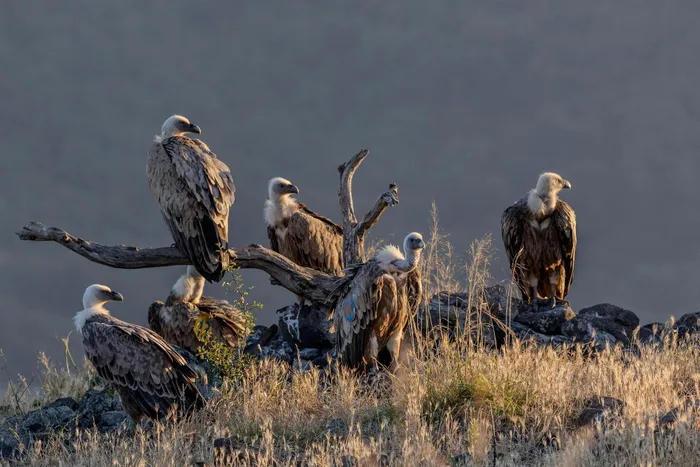SA pledges to intensify efforts in vulture conservation

The decline of vulture populations, once a staple sight across the African landscape, has reached critical levels, with several species now facing extinction.
Image: Denitsa Kireva / Pexels
As the countdown to the Meeting of the Parties (MOP9) to the African-Eurasian Migratory Waterbird Agreement (AEWA) in November 2025 begins, South Africa's Minister of Forestry, Fisheries and the Environment, Dr Dion George, has emphasised the government's pledge to prioritise vulture conservation.
This call to action comes in light of alarming statistics revealing that mass poisonings have led to the deaths of hundreds of these crucial scavengers this year alone.
“If these events continue unchecked, the loss of thousands of vultures could have devastating environmental and public health consequences,” said George, underscoring the urgency of the crisis. The decline of vulture populations, once a staple sight across the African landscape, has reached critical levels, with several species now facing extinction.
Vultures play an indispensable role in their ecosystems; by consuming carcasses, they help control disease outbreaks and maintain sanitary conditions. However, their survival is jeopardised by various threats, chiefly poisoning. Poachers targeting elephants and rhinos often leave behind poisoned carcasses, leading to unintentional deaths of vultures, which also fall victim to human-wildlife conflicts and habitat changes.
The ramifications of these losses extend far beyond the avian world. As vultures dwindle, carcasses remain unconsumed, encouraging a range of diseases that affect both wildlife and humans, increasing the risks of rabies and various zoonotic diseases. With South Africa home to nine vulture species — seven of which boast breeding populations — the urgency to address these threats has been made evident in the recently published National Multi-Species Vulture Biodiversity Management Plan (BMP), launched on March 18, 2024.
This plan represents a comprehensive strategy to safeguard these birds, implemented through the National Vulture Task Force (NVTF) and its associated subcommittees. The ultimate goal is to restore and sustain vulture populations, ensuring their vital ecological roles are fulfilled in a safe and supportive environment.
In early September, South Africa participated in a regional workshop led by the Southern African Development Community (SADC), the International Union for Conservation of Nature (IUCN), and BirdLife International to commemorate International Vulture Awareness Day. This collaboration culminated in the SADC Vulture Conservation Strategy and Action Plan (VCSAP) for 2025–2035, a significant framework aimed at mobilising collective action across the 12 vulture range states in Southern Africa.
The VCSAP addresses the ongoing threats vultures face — including poisoning, habitat loss, and energy infrastructure collisions — while promoting stakeholder engagement and data-driven conservation strategies. Minister George emphasised that “without decisive and co-ordinated action, several vulture species face the very real threat of extinction.
”The workshop not only shed light on the dire circumstances surrounding vulture populations, but also unveiled opportunities for cross-border collaboration and legislative reinforcement, pivotal for the future of these critical species.
As the world gears up for MOP9 in 2025, the call to action resonates louder than ever — South Africa urges its citizens to actively participate in the conservation of vultures, whose very survival hinges on our collective responsibility.